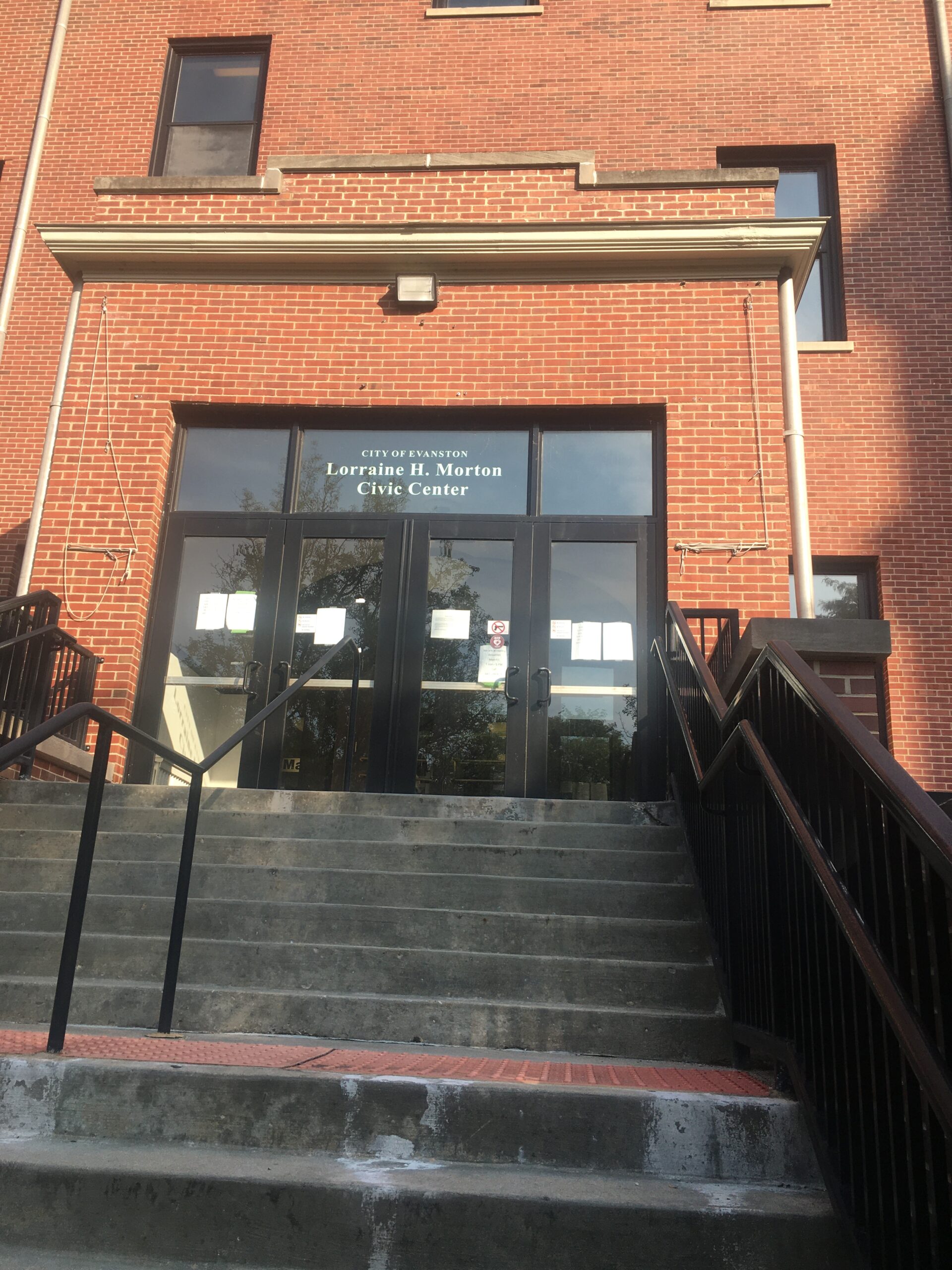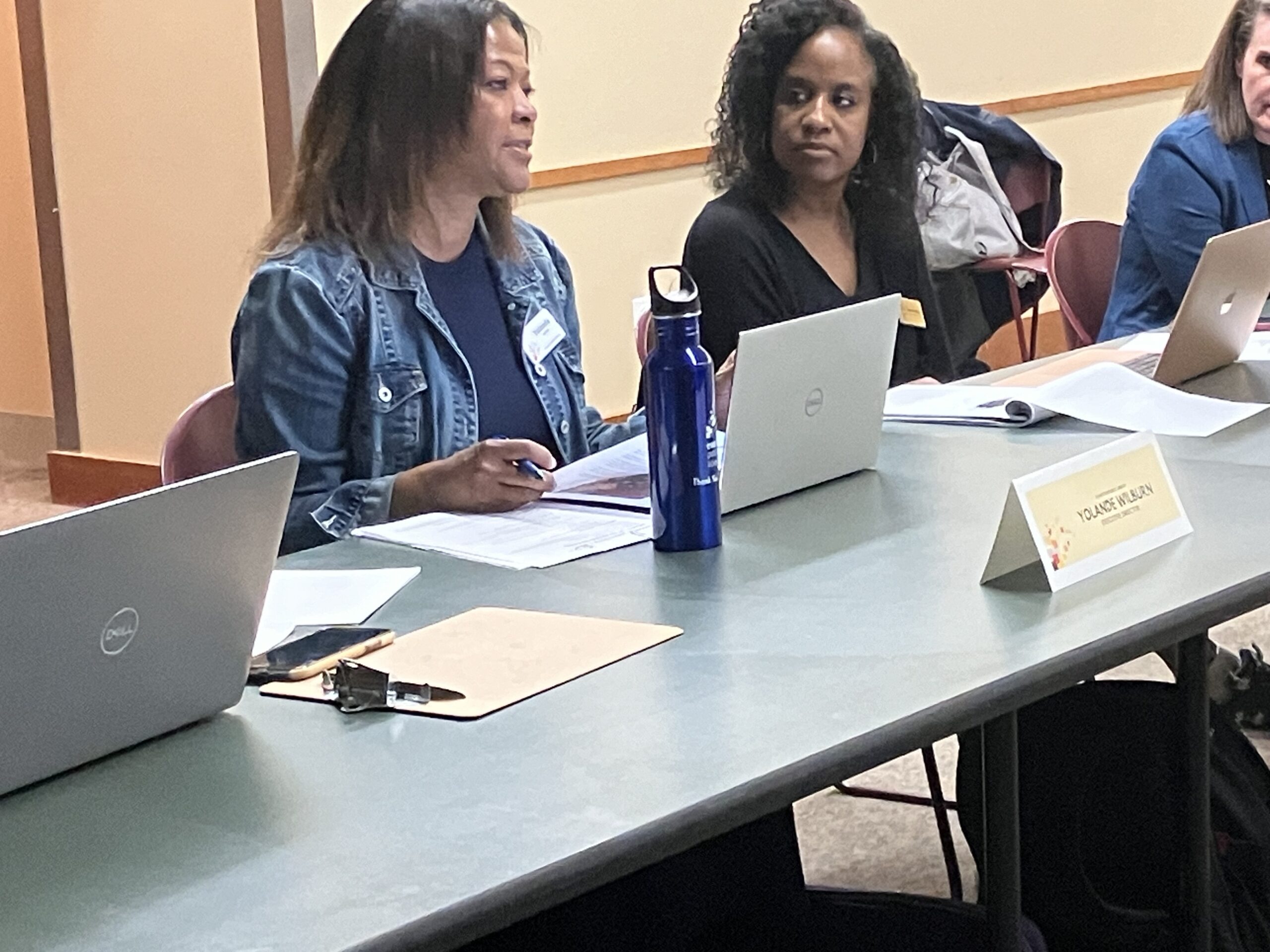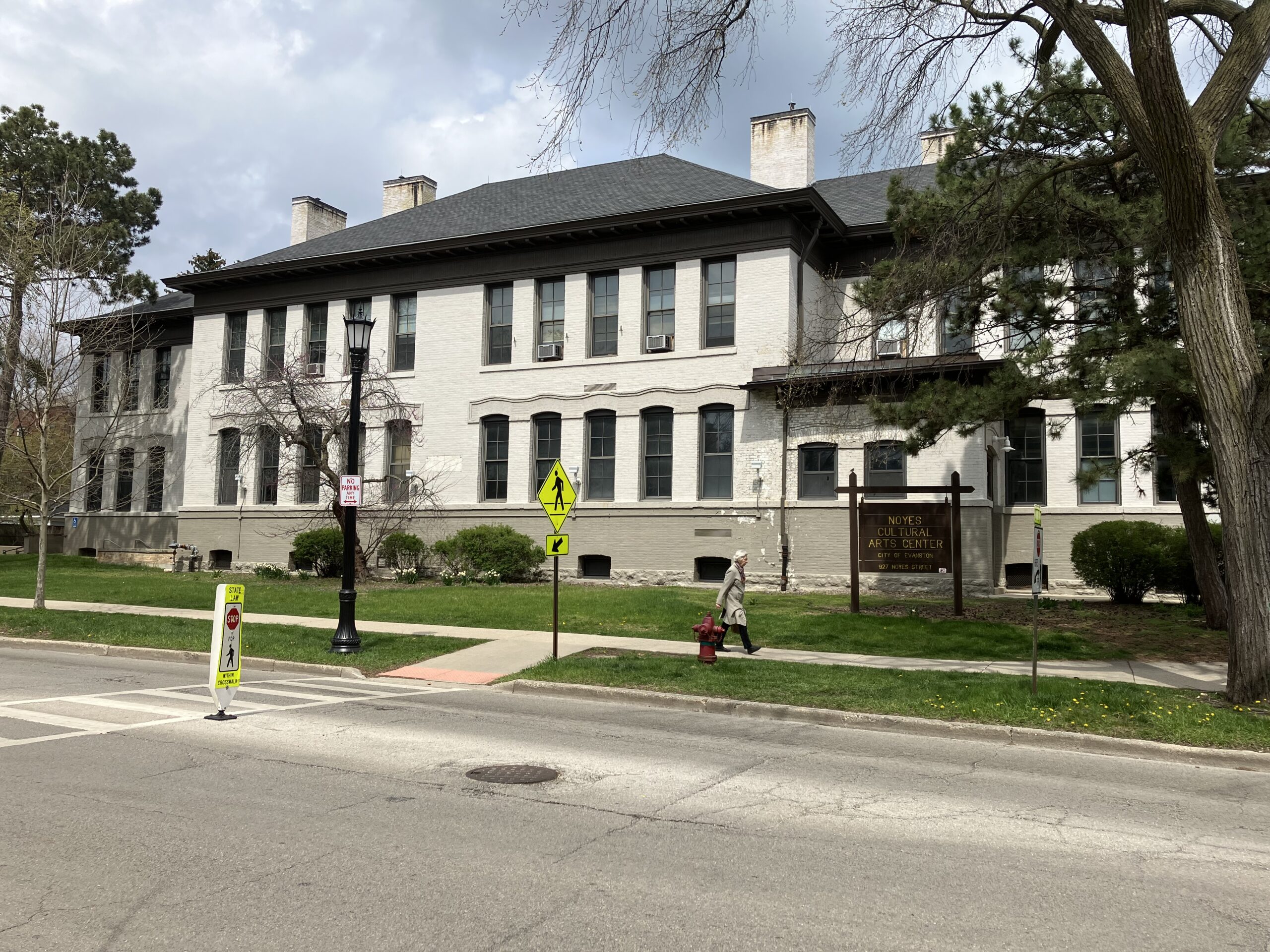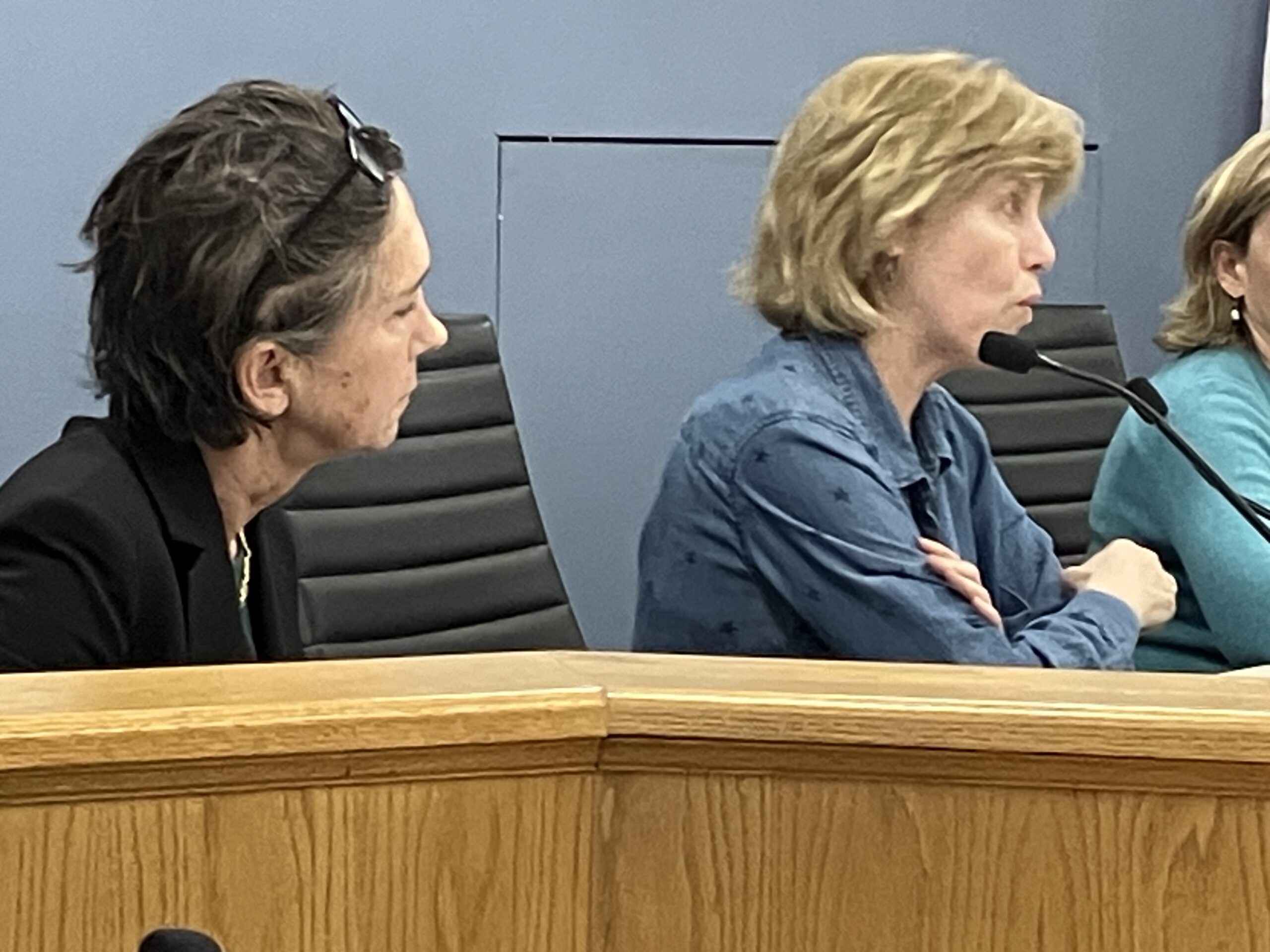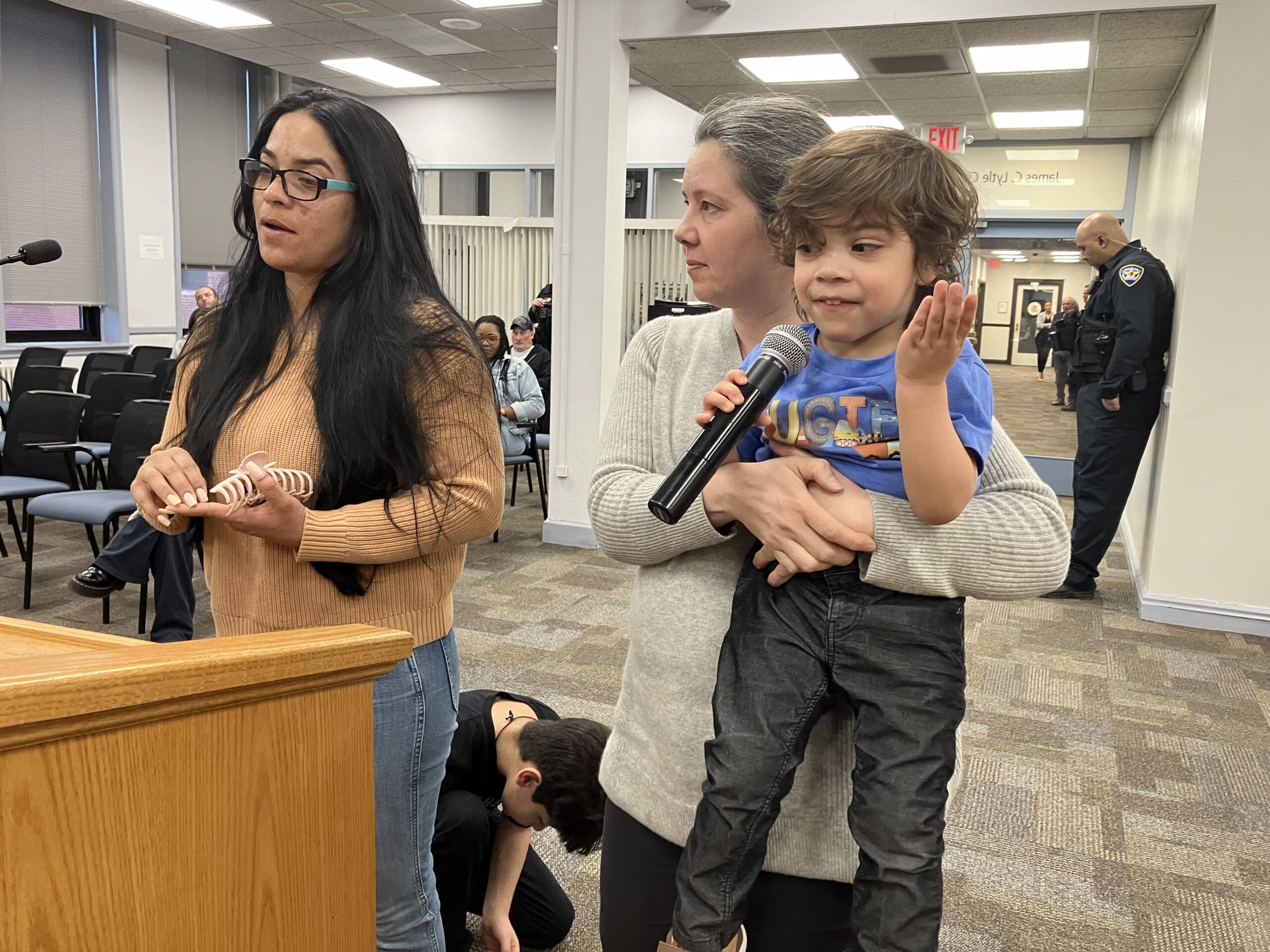By Bob Seidenberg
rseiden914@gmail.com
Evanston City Council members now have a comprehensive plan to guide their decision-making on requests for the $43.1 million in federal American Plan Recovery Act (ARPA) money awarded to the city nearly a year ago.
Council members approved the report, to be placed on file, at their March 14 meeting.
Compiled by Paul Zalmezak, the city’s Economic Development Manager, and Sarah Flax, the city’s Housing and Grants Manager, the city of Evanston’s Proposed Recovery Plan “is a community-guided, City Council-informed, and staff-recommended framework to align our investment decision-making with our community priorities,” the officials said in their introduction.
Zalmezak also expressed hope that the report will serve “as a living and breathing document that will provide a framework that we can adjust as conditions change.”
Council members had previously expressed need for an overall framework to evaluate requests from the many groups lining up for the COVID-recovery funds.
The comprehensive staff report, which runs nearly 40 pages, includes extremely useful charts showing the various funding requests and status of proposals. It provides a timetable as well as suggests evaluation criteria that might be used to evaluate future proposals.
Its adoption comes as two big requests for ARPA funds are about to come before the Council.
The AUX, a group of local entrepreneurs, is seeking $1 million of the funds to renovate a building at 2223 Washington St. into a hub for Black businesses.
Northlight Theatre, meanwhile, is looking for $2 million in funds to assist in their building of a new 300-theater complex in an estimated $25 million project at 1012-16 Church Street.
Some of the areas included in the plan:
Timeline and actions to date
The city learned in March 2021 that it would be receiving $43.1 million in ARPA funds designed to speed communities’ recovery from COVID.
The Biden administration criteria for use of the funds was viewed as much broader than what the previous administration’s might have been. According to one estimate, the city would have received half of the $43 million had the Republicans remained in office.
The first chunk of the funds was deposited into a special city account as of May 2021.
To date, the City Council has approved, or committees are considering or have referred to the Council for approval, roughly $22 million of the funds.
The largest amounts have been earmarked for bolstering the city’s General Fund operations, $4.25 million, including the hiring of city staff put on hold during COVID; infrastructure ($3 million for water main replacements) and parking system improvements ($2.25 million). The funds in those areas were allocated as part of the 2022 budget. (Much more detail is provided in the tables included in the report).
Looking ahead
Proposals from both The Aux and Northlight Theatre are scheduled to come before the Council this month.
Other proposals expected to arrive before the Council soon include:
A mental health living room
A number of social service agencies are requesting approximately $900,000 in ARPA money to renovate a single-family home owned by Amita Saint Francis Hospital to provide a safe space for people in a crisis, as well as to alleviate overcrowded hospital emergency rooms. The proposal is scheduled to go before the Council at the March 28 meeting.
Childcare
“The childcare industry was hit hard by COVID-19,” the staff report observed. “This impact on childcare harms lower-income children and their parents.”
In Evanston, the Evanston Early Childhood Council comprises 25 early childhood providers and early education centers.
Groups are requesting $1.775 million for childcare providers to address both services and capital needs.
Staff is requesting that the Social Services Committee review the services requested and the Housing and Community Development Committee review the capital requests in March before the issue goes to the City Council in April.
Affordable housing
“Developing and improving housing for homeless persons and housing-insecure individuals and families is an eligible use [of the funds] to alleviate the economic impacts of the pandemic, address health and economic outcomes of the pandemic in low-income areas, and facilitate the integration of affordable housing in neighborhoods with high levels of opportunity,” staff said in the plan.
Developing recommendations for specific housing projects or programs is still under consideration, but possibilities include plans for increasing the number of housing units that qualify for Low-Income Housing Tax Credits, an Affordable, Resilient Housing Retrofit Program, assistance for small local landlords, and a Permanent 24/7 Homeless Shelter.
Welcoming center
City Clerk Stephanie Mendoza and the city’s Housing and Grants staff have formed a task force of service providers and community members to conduct outreach for input on the physical space for a Welcoming Center to improve services for Latinx residents, as well as for all residents whose primary language is not English. No requested amount or due date for the issue to come before the Council has been set yet.
Climate action and resilience plan and participatory budgeting
“The City views the Climate Action and Resilience Plan (CARP) and environmental equity as lenses through which to make decisions on all City projects,” the report said.
A $1 million commitment the Council made earlier for projects “is not intended to be limited to climate and environmental justice,” the report said.
At the March 14 City Council meeting, Council member Jonathan Nieuwsma, 4th Ward, asked that Cara Pratt, the City’s Sustainability and Resilience Coordinator, address “our current goals and see to what extent we can accommodate them or not accommodate our CARP agenda through ARPA funds.”
Pratt noted, though, that there are number of restrictions the city has to keep in mind in use of ARPA funds for climate action.
She suggested a one-stop affordable housing retrofit program is one, though that might not fit ARPA aims. She said a number of the city’s goals related to water and sewer, such as removing lead service lines and generally improving infrastructure, might also fall in the CARP area.
CARP indicated that more work has to be done during a participatory budget process built into the program.
In that process, staff is proposing that $3.5 million of ARPA funds be used to bring in experts who “will effectively engage residents, particularly historically disenfranchised groups, so that new voices are heard” in an effort “to reach people who normally don’t participate in the local government process.”
Evaluation criteria
Officials acknowledged that “oftentimes difficult decisions are made based on the information available and the needs of the community at the given time. No algorithm exists to identify the community’s greatest needs. However, requiring applications for funding to provide quantifiable goals and outcomes, such as the estimated number of residents that will benefit from a program and their anticipated outcomes, similar to requirements for CDBG [Community Development Block Grant] and Human Services funding, can serve as a model.”
Criteria may include a project’s feasibility, team/organization behind it, budget (including funding from non-city sources), return on investment, community support, as well as how it addresses inequities and inequality, taking into account impacted communities, including communities represented by people of color, the plan suggested.
The report in its entirety is available on the ARPA page on the city’s website, cityofevanston.org.
